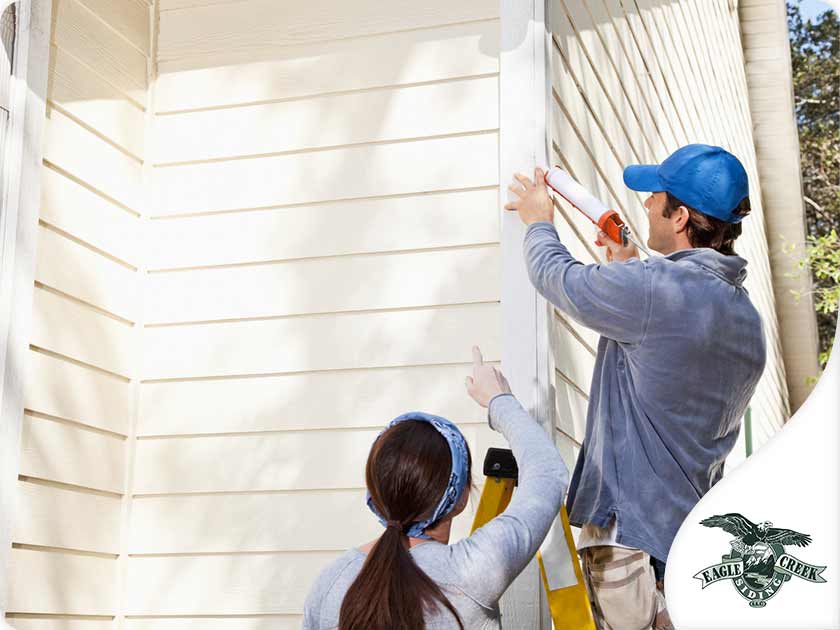Siding Caulk: What You Need to Know

Caulk is widely used to cover gaps and repair cracks on the exterior and around the windows, doors and plumbing of your home. While caulking your siding may seem to be a simple task, there are a few things to consider before embarking on this project.

Choosing the Right Caulk
You may be surprised to learn that there are numerous caulking materials available. Some of these cannot or should not be used for multi-family siding. Each of these materials serves a particular function. Some caulk is for roofs and gutters, while others are for the interior.
However, there are many exterior sealants available. Most are UV-resistant and can be used around siding, windows and doors. They can also be fire retardant, which is perfect for locations that need a higher fire rating. Also, some sealants are perfect for roof repair and roof replacement, as they can help seal gaps between siding and the roof.
When Is Caulk Used on Siding?
Siding caulk is frequently used on corners, fissures and butt joints, which are vulnerable to moisture ingress and accumulation. To avoid damage, it’s critical to understand where siding caulk shouldn’t be used:
- Siding caulk should not be used on wood siding, especially wood shakes and shingles, because it may interfere with their natural expansion and contraction.
- Unless there’s no flashing present, re-siding caulk should not be used on fiber cement siding.
- Trim boards that sit on top of the siding should not be caulked with siding caulk, as this may obstruct air circulation and trap moisture beneath the siding.
- Siding caulk shouldn’t be applied to the bottoms of horizontal siding sheets or the edges of tongue-and-groove panels. These panels are intended to shed water while also allowing for air movement. Adding caulk could obstruct this process.
Types of Caulk
Caulks are mostly made of silicone, latex or a combination of the two. They’re available in either a squeeze tube or a cartridge. A cartridge and caulk gun produces a more continuous bead than a squeeze tube, making it ideal for smaller applications.
Latex caulk is easy to apply and replace, and it can be painted. This caulk is easy to clean with soap and water and is best suited for small gaps. Silicone caulk, on the other hand, can be difficult to replace, and not all types can be painted. It is, however, more malleable and less prone to damage from severe temperatures and sunlight. Silicone caulk is also more durable than latex and is perfect for filling bigger gaps.
For inquiries about residential and commercial siding, get in touch with Eagle Creek Siding, LLC. Call us today at (360) 226-6970 or fill out our contact form to schedule an appointment.
